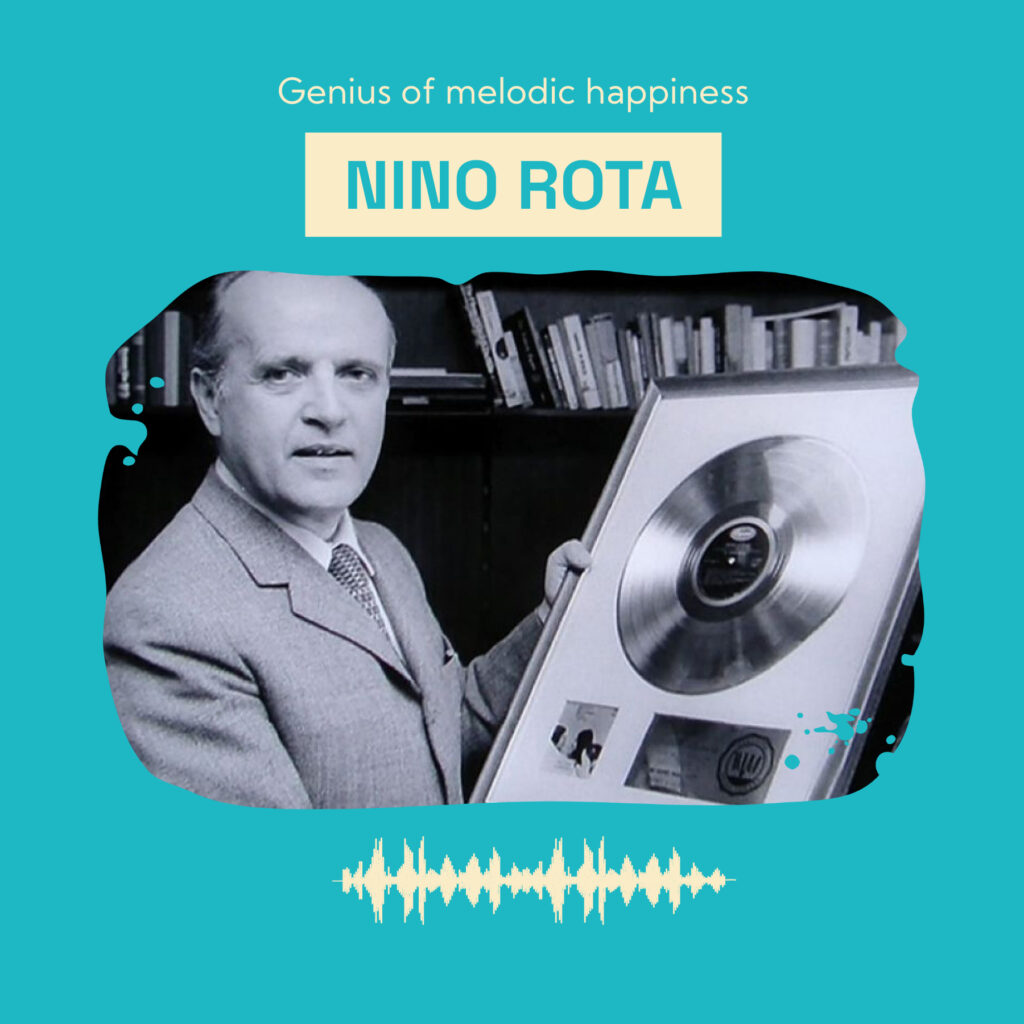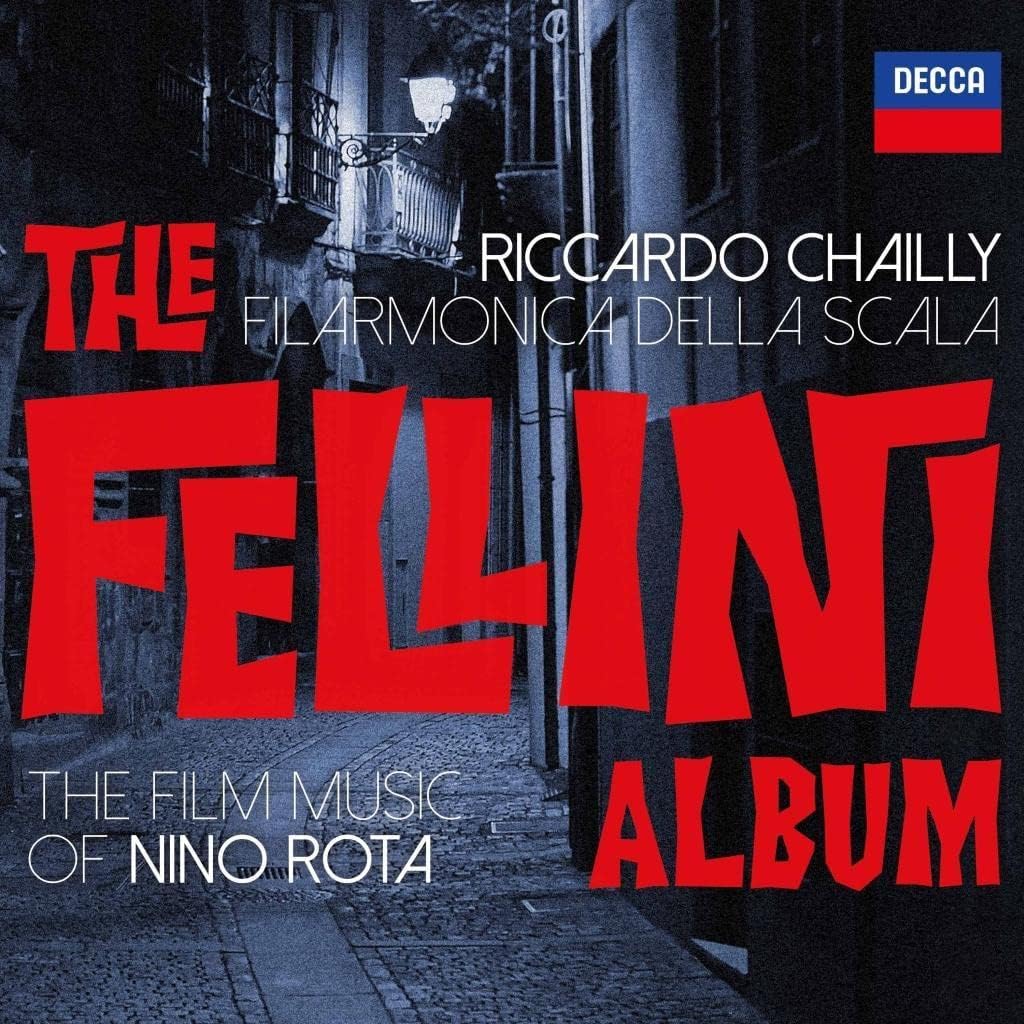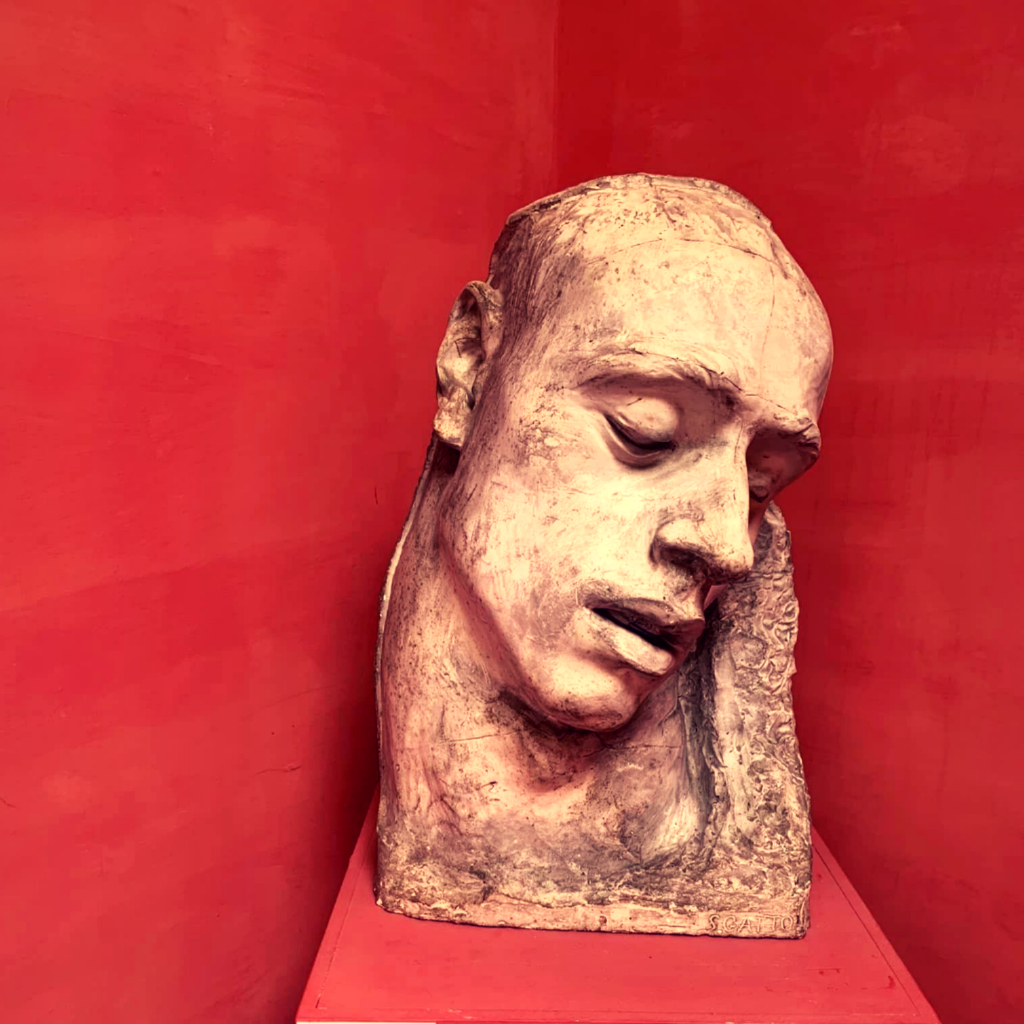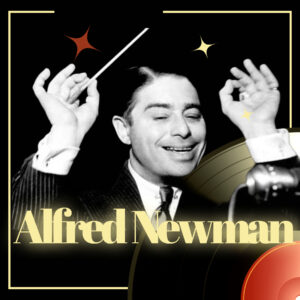
Nino Rota, who wrote the music for “The Godfather” by Francis Ford Coppola and for almost all films by Federico Fellini began as a conductor and composer of symphonies, ballets and operas (he wrote 150 “serious works” ) before writing scores for a large number of Italian and later Hollywood films.
Rota was born in Milan and studied music composition and conducting at the Curtis Institute in Philadelphia from 1930 to 1932 in Milan. He ran the Bree Conservatory in southern Italy for 28 years until his retirement last year. At the time of his death, he was working on music for Fellini’s new film, “Women’s City.”
Influence on Nino Rota’s music for the Godfather is not difficult to determine – Stravinsky, Ravel, Puccini. It’s an ironic commentary on a story in addition to the turbulent neo-romantic symphony music. The Coppola epos, which consisted of two parts: Italian immigrants to the United States and the immersion in mafia rule, was probably the biggest task in Rota’s long career (he was 58 years old when he started working on it in 1970).
In 1972, composer Nino Rota was nominated for the Academy Award for Best Original Score for his work on the Godfather, but was subsequently cancelled after As it turned out, part of the theme of love had already been used in Rota’s music for the 1958 Italian comedy film Lucky.
The nomination was then passed to a new candidate, John Addison, who did not win an Oscar. The winner was Charlie Chaplin’s music for the 1952 film Limelight, which was released in Los Angeles in 1972.
Fortunately, this was not the end for Nino Rota, who won the Oscar for Best Original Music two years later for working on the film’s sequel: Godfather Part II.
Take a waltz, a peasant waltz. Add a complaining trumpet trembling mandolin and a touching bass. It should be “The Godfather Waltz”. A musical piece filled with Sicilian flavors, no matter how many times you watch the film.
One of the most famous his creations was “Romeo and Juliet” Zeffirelli in 1968. ‘The Romeo and Juliet suite’ is a vivid symphonic drawing on Rota’s classic background for his lush themes – the smug hunting horn for the love bog, the mourning lute for the awakening girl.
It was with Federico Fellini that Rota formed the most perfect relationship. He wrote 15 songs for Fellini’s films, ranging from “The White Sheikh” in 1952 to Orchestra Rehearsal in 1979. The most famous of these is kaleidoscopic music written for “La Dolce Vita”. Rota’s masterpiece is an unstable symphony in a crowded metropolis.
Similar playfulness can be found in other Fellini scores. Amazing suite ’65 Juliet of the Fellini Spirits, the story of a middle-aged woman who slips from her inhibitions, is a whimsical piece of jumping off the rails through the abandonment stages. They’re oars that come together through Roman traffic, beautiful strapless beauties and tight men in T-shirts, seen through a bottomless glass of Chianti.
The American Film Institute ranked Rota’s score for The Godfather number 5 on their list of the greatest film scores. After being nominated for an Academy Award for this score, the nomination was later revoked when it was discovered that Rota recycled a theme from a previous score, one he wrote two decades prior for the film Fortunella and thus no longer considered original despite being played differently.
His score for War and Peace was also nominated for the list. In all, Rota wrote scores to more than 150 films. Federico Fellini once said of Nino Rota: “He was someone who had a rare quality belonging to the world of intuition. Just like children, simple men, sensitive people, innocent people, he would suddenly say dazzling things. As soon as he arrived, stress disappeared, everything turned into a festive atmosphere; the movie entered a joyful, serene, fantastic period, a new life.”




